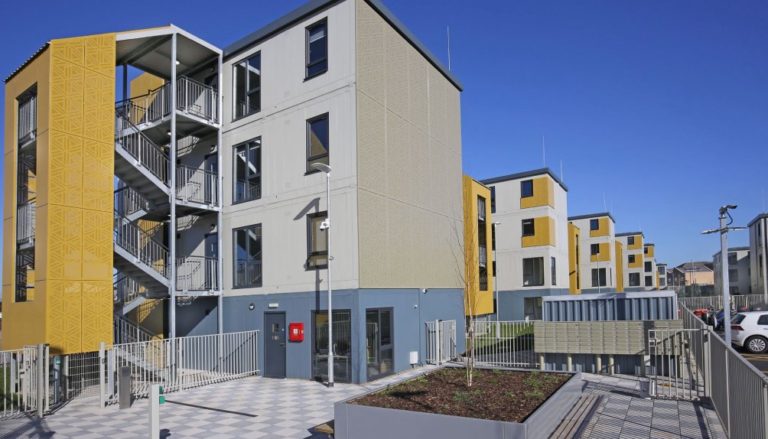Homes England makes MMC push
Homes England set to make Modern Methods of Construction (MMC) push. Telling its potential strategic partners, if they want more deals, that they need to start committing to increasing the use of MMC on projects.
View More